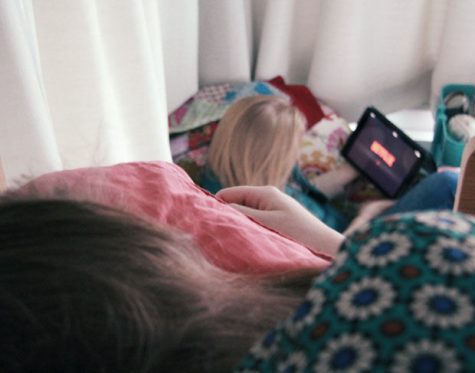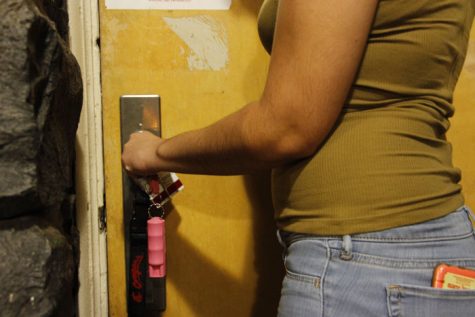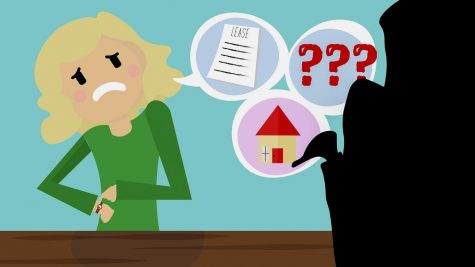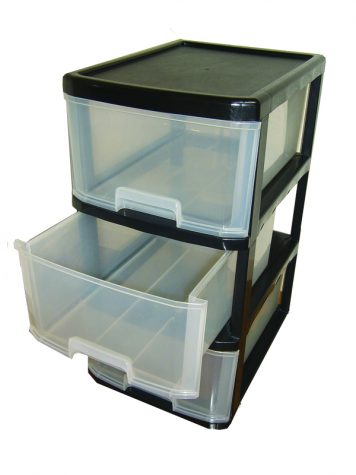Designing through emotion
Designers recommend students fill apartments with things that inspire them
Michael Linder | The Daily Evergreen
Ashtyn Perlatti, an interior design student, explains that her degree is about more than just arranging throw pillows and finding matching furniture.
January 25, 2018
Color schemes based on desired emotions can make decorating much easier. Concepts students use to create building designs can also be used to decorate an apartment or house.
Ashtyn Perlatti, a junior interior design student, said interior designers aren’t taught how to pick out pillows, throws and wall hangings. Rather, they are taught to create a design that is functional and safe. Looks always come second.
“We design the spaces that you will spend 90 percent of your life in,” Perlatti said.
She said she creates a theme from an object. In her design project of creating a new bear research facility, Perlatti created designs from the concept of water. Her building design flowed like water, using curves to show movement.
“Choose three words to guide your design,” Perlatti said.
To create a cozy feel, choose warm colors. For a modern feel, go with neutral colors and a pop of color. Certain colors elicit certain emotions, driving the theme of a room. According to an article from HGTV, “color is a powerful design tool that can make the rooms in your home feel more calm, cheerful, comfortable or dramatic.” Paint chips are free and provide a great base for color palettes.
Brittani Danielson, a junior interior design student, said designers consider psychology when planning a space.
“We can make you feel a certain way,” Danielson said.
Designers decide how a building should look based off the feeling they want to evoke. Perlatti explained how lighting can help create certain moods in a room.
“The most important way to create a particular mood is to layer the light,” she said.
For example, she said, layering ambient and accent lighting can change a room’s mood. She added that another important factor is the color temperature of the light.
Cool-toned lights, which appear more blue, help create a mood that is focused, alert and awake. On the opposite spectrum, warm-toned lights, like gold and yellow, create a relaxed ambiance.
DIY projects are great ways to incorporate decorations on a budget. Perlatti recommended creative paintings to fill wall space, instead of using posters. Paint is cheap, fun and adds a touch of uniqueness.
Decorating is mainly instinct-based, with a few tactics to make rooms really come alive. Pinterest is a great way to find good ideas for decorating, furniture arrangements and color schemes, Perlatti said.
“Fill your space with things that inspire you,” Perlatti said.
Frame a map to reflect interest in travel, or organize DVDs in a bookshelf. Plants are cheap and can connect an interior with nature.
“These are the things that make your apartment feel like home,” Perlatti said.















